Understanding The Importance Of Portion Control
 Occasionally eating a small slice of cake or pie won’t affect your weight loss program much. However, if you eat an entire pie or cake and do it every day, you won’t lose weight. Portion control plays a vital role in weight loss. Portion control is more important for some foods than it is for others. For instance, you can eat as many leafy green vegetables as you want without worry but need to watch portions when consuming higher-calorie foods, even if they are fruit or vegetables. Avocados are one example and nuts are another where portion control makes a difference.
Occasionally eating a small slice of cake or pie won’t affect your weight loss program much. However, if you eat an entire pie or cake and do it every day, you won’t lose weight. Portion control plays a vital role in weight loss. Portion control is more important for some foods than it is for others. For instance, you can eat as many leafy green vegetables as you want without worry but need to watch portions when consuming higher-calorie foods, even if they are fruit or vegetables. Avocados are one example and nuts are another where portion control makes a difference.
You have to know portion size first.
You might be fooled when eating in a restaurant and think you’re getting one serving size. Knowing portions helps. Eating only one portion of each type of food on the plate and asking for a to-go box for the rest can save your weight loss program. It also provides a meal for later. A portion of meat should be the size of the palm of your hand, while vegetables and salads should be fist-size.
To cut back on high-calorie snacks, separate the large bag into individual portions.
It’s too easy to eat an entire bag of chips, but if you count out 15 chips ahead and put them in a bag, you have a one portion serving. When you cook at home, divide the food into portions and store the rest immediately. Avoid mindless eating. If you’re watching a TV program or video, take a break from watching if you’re going to snack and enjoy every morsel. Tracking your food intake throughout the day and keeping a food journal will also make you more aware of what, when, where, and why you’re eating. Not everyone eats just because they’re hungry.
Using smaller plates is one tip for portion control.
The larger the plate, the smaller your serving size looks. Using a small plate makes you feel like you’re getting more food. Make sure your plate is half filled with vegetables that aren’t starchy. Potatoes count as a carbohydrate that should take another fourth of the plate. The last fourth should be a lean protein source You should also have ½ tablespoon of fat.
- A cup of rice or pasta is one serving, which is the size of a tennis ball. If you eat a portion of cheese, it’s the size of four dice put together. One serving of peanut butter is the size of one golf ball.
- When eating in a restaurant, skip the appetizer and either split a meal with a friend, ask for a half portion, or set half aside and take it home for later.
- When you maintain portion control, you’ll find losing weight and maintaining that weight loss is easier. You’ll be able to eat smaller amounts of your favorite food without feeling guilty.
- Include no-calorie drinks with every meal. Start your meal with a glass of water. You can make it more appealing by infusing fruit or vegetables. It doesn’t add calories, just flavor. Herbal tea, green tea, or coffee can be sipped throughout the meal.
For more information, contact us today at Rising Fitness Gym

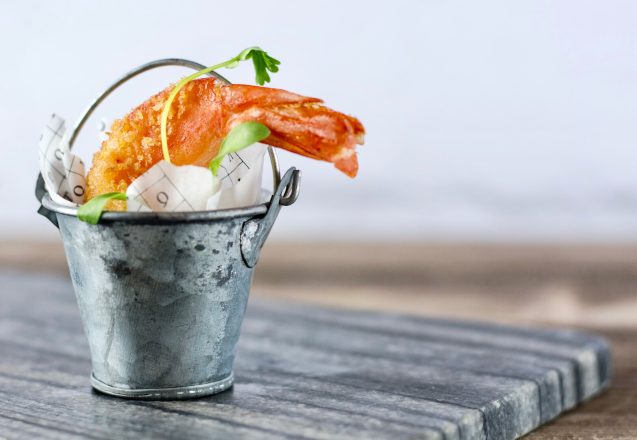

 Many recent studies show that gut health makes weight loss easier. The microbiome in the gut impacts your gut health directly. There are millions of them and a variety of species. They include bacteria, viruses, fungi, and other microscopic organisms. They dramatically affect all functions in the body, including gut health. While there are debates on the number of microbes in the body, Scientists agree there are more microbes than cells in our body.
Many recent studies show that gut health makes weight loss easier. The microbiome in the gut impacts your gut health directly. There are millions of them and a variety of species. They include bacteria, viruses, fungi, and other microscopic organisms. They dramatically affect all functions in the body, including gut health. While there are debates on the number of microbes in the body, Scientists agree there are more microbes than cells in our body.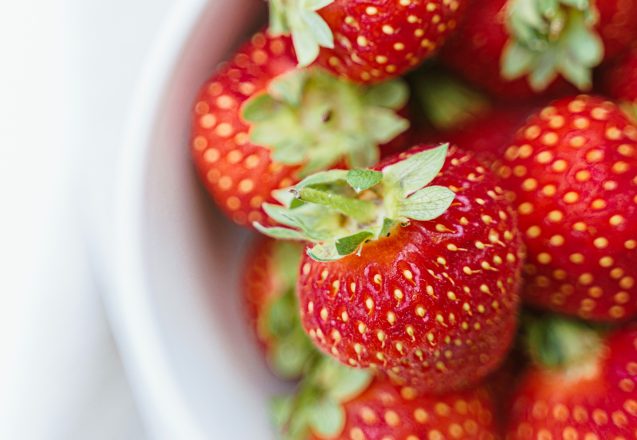
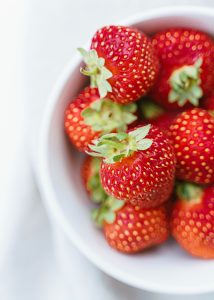 Do you have dreams of eating cakes and pastries and never gaining weight? The truth is, you can’t. However, there is food you can have in an unlimited amount. Some foods are lower in calories, while others have a thermogenic effect. When your body digests food, it takes extra energy. Some types of food require more energy to digest than others. Food like celery is already low in calories and when you factor in the thermogenic effect, it is even lower and may be negative calories.
Do you have dreams of eating cakes and pastries and never gaining weight? The truth is, you can’t. However, there is food you can have in an unlimited amount. Some foods are lower in calories, while others have a thermogenic effect. When your body digests food, it takes extra energy. Some types of food require more energy to digest than others. Food like celery is already low in calories and when you factor in the thermogenic effect, it is even lower and may be negative calories.
 At Rising Fitness, we use a holistic approach to good health. The body requires exercise but also needs a healthy diet to reduce the risk of disease. A healthy diet contains many components, including macronutrients, micronutrients, and phytonutrients. Macronutrients include protein, fat, and carbohydrates, while micronutrients include vitamins and minerals. Phytonutrients are substances found in plants that improve the functioning of the body.
At Rising Fitness, we use a holistic approach to good health. The body requires exercise but also needs a healthy diet to reduce the risk of disease. A healthy diet contains many components, including macronutrients, micronutrients, and phytonutrients. Macronutrients include protein, fat, and carbohydrates, while micronutrients include vitamins and minerals. Phytonutrients are substances found in plants that improve the functioning of the body.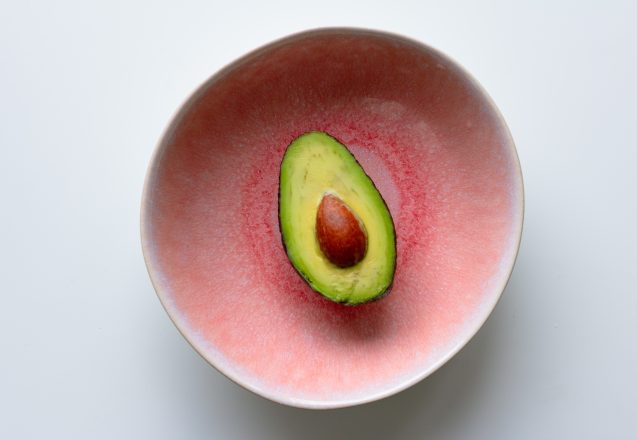
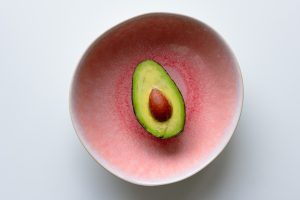 National Avocado Day will be here soon. The celebration on July 31 gives an opportunity to discover new ways to reap the health benefits of avocados. Most people in Houston, TX, immediately think of guacamole when they hear the word avocado, but there are hundreds of ways to include them in your meals. Mashed and spread on toast, they make a creamy, delicious alternative to butter or other spread. Avocados are a healthy addition to salads, tacos, and salsa, and even mixed with goat cheese for avocado cheese truffles. Here are some reasons to search for avocado recipes to celebrate this healthy treasure.
National Avocado Day will be here soon. The celebration on July 31 gives an opportunity to discover new ways to reap the health benefits of avocados. Most people in Houston, TX, immediately think of guacamole when they hear the word avocado, but there are hundreds of ways to include them in your meals. Mashed and spread on toast, they make a creamy, delicious alternative to butter or other spread. Avocados are a healthy addition to salads, tacos, and salsa, and even mixed with goat cheese for avocado cheese truffles. Here are some reasons to search for avocado recipes to celebrate this healthy treasure.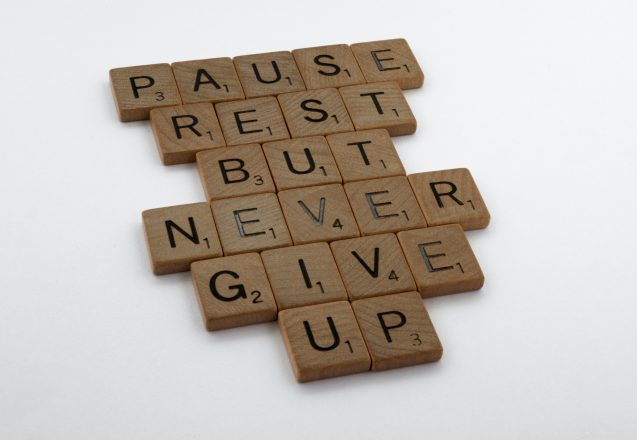
 Finding the right diet that fits your needs is hard and sticking with that diet is even more difficult. A few tricks and tips can help you stay on the right path, even when you’re tempted to stray. These simple hacks can make it easier to diet and help you develop healthy habits. One simple trick that requires no discipline is using smaller plates. The smaller your plate, the bigger your serving size looks. A recent study combined the research of 56 previous studies and found that using smaller plates reduced the amount of food consumed by an average of 30%.
Finding the right diet that fits your needs is hard and sticking with that diet is even more difficult. A few tricks and tips can help you stay on the right path, even when you’re tempted to stray. These simple hacks can make it easier to diet and help you develop healthy habits. One simple trick that requires no discipline is using smaller plates. The smaller your plate, the bigger your serving size looks. A recent study combined the research of 56 previous studies and found that using smaller plates reduced the amount of food consumed by an average of 30%.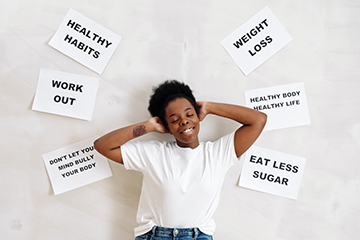
 We take a holistic approach at Rising Fitness in Houston, TX. It uses several strategies to help you reach your health goals. These are simple. You need good nutrition via a healthy diet, the right type of exercise based on science, and a community-first approach to ensure you have quality information. Reaching fitness goals doesn’t have to be difficult. Some simple strategies can help make it easier. It all starts with creating an achievable goal and believing it’s possible.
We take a holistic approach at Rising Fitness in Houston, TX. It uses several strategies to help you reach your health goals. These are simple. You need good nutrition via a healthy diet, the right type of exercise based on science, and a community-first approach to ensure you have quality information. Reaching fitness goals doesn’t have to be difficult. Some simple strategies can help make it easier. It all starts with creating an achievable goal and believing it’s possible.
 If your hormones are out of balance, it can affect your body in many ways. It all depends on the hormone in question. In many cases, you can rebalance your hormones naturally. For instance, leptin, the satiety hormone, and ghrelin the hunger hormone can get out of balance if you don’t get enough sleep, causing the body to produce too much ghrelin and too little leptin. The solution is relatively easy. Get adequate sleep to reset these hormones.
If your hormones are out of balance, it can affect your body in many ways. It all depends on the hormone in question. In many cases, you can rebalance your hormones naturally. For instance, leptin, the satiety hormone, and ghrelin the hunger hormone can get out of balance if you don’t get enough sleep, causing the body to produce too much ghrelin and too little leptin. The solution is relatively easy. Get adequate sleep to reset these hormones.
 When I researched the wellness diet after one of our members at Rising Fitness Gym in Houston, TX, asked about it, I was amazed. I quickly scanned the internet, thinking there would be an answer, but only found two articles specifically naming it and they were against any attempt to limit people’s diets, saying it created a negative vibe around food. Eating healthy or a diet focusing on wellness isn’t a specific diet, nor does it limit your choice of food. Instead, it focuses on making smarter choices when selecting food.
When I researched the wellness diet after one of our members at Rising Fitness Gym in Houston, TX, asked about it, I was amazed. I quickly scanned the internet, thinking there would be an answer, but only found two articles specifically naming it and they were against any attempt to limit people’s diets, saying it created a negative vibe around food. Eating healthy or a diet focusing on wellness isn’t a specific diet, nor does it limit your choice of food. Instead, it focuses on making smarter choices when selecting food.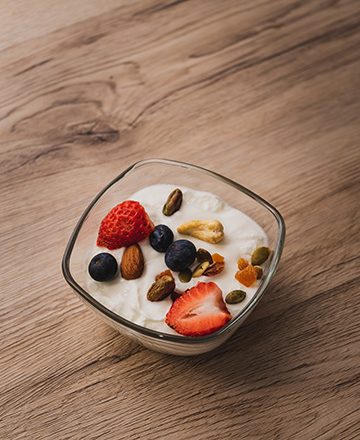
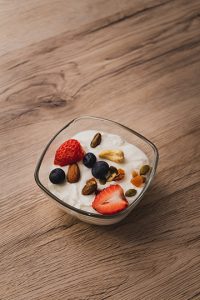 What are probiotics? Can you get all the probiotics from food that you need? Those are questions many people have when first hearing the terms. Probiotics are beneficial microbes, such as bacteria, fungi, and viruses that live in our bodies. The body has both harmful and beneficial microbes. The beneficial ones perform services that make our body healthier, such as aiding in food digestion, fighting off harmful microbes, and aiding in the creation of vitamins.
What are probiotics? Can you get all the probiotics from food that you need? Those are questions many people have when first hearing the terms. Probiotics are beneficial microbes, such as bacteria, fungi, and viruses that live in our bodies. The body has both harmful and beneficial microbes. The beneficial ones perform services that make our body healthier, such as aiding in food digestion, fighting off harmful microbes, and aiding in the creation of vitamins.